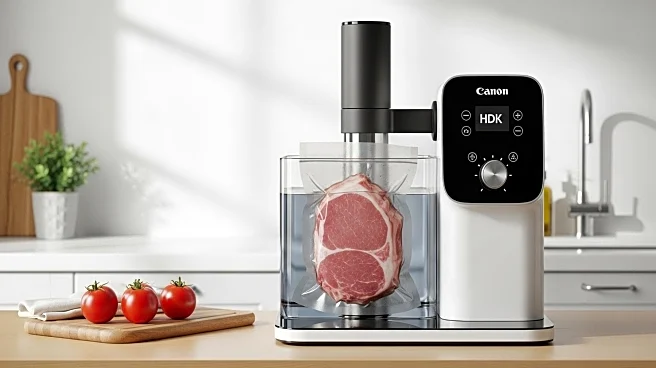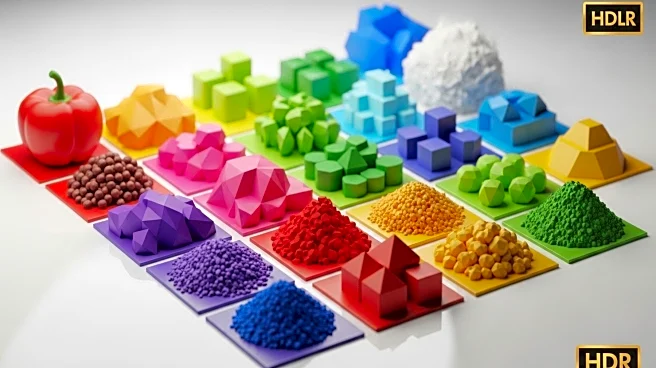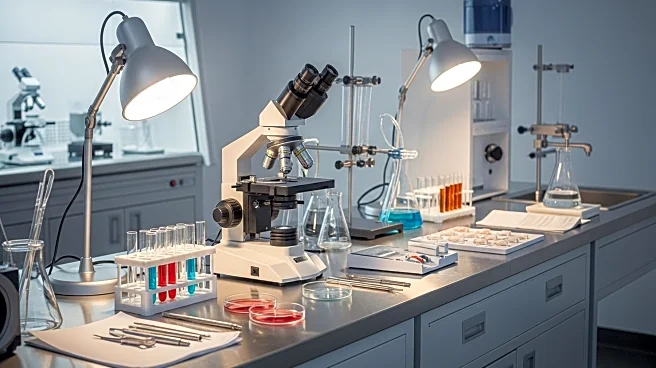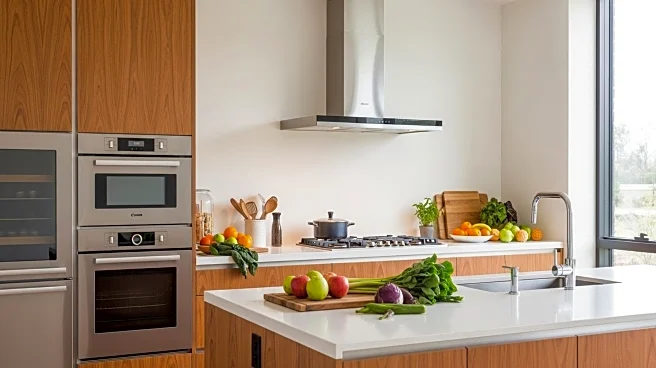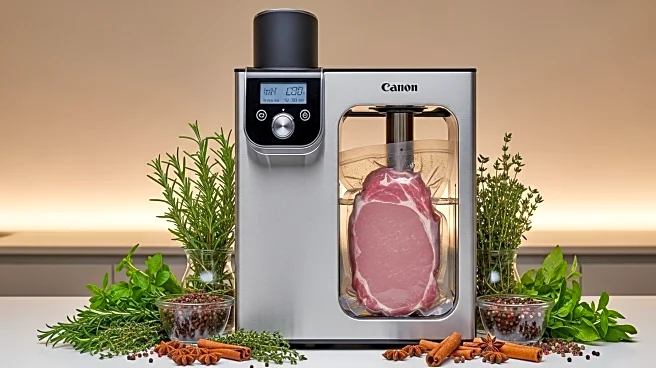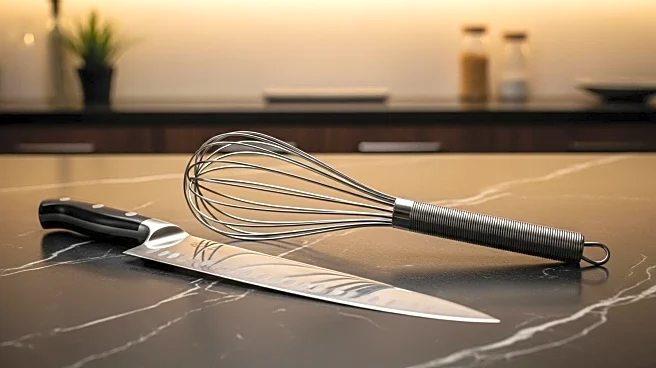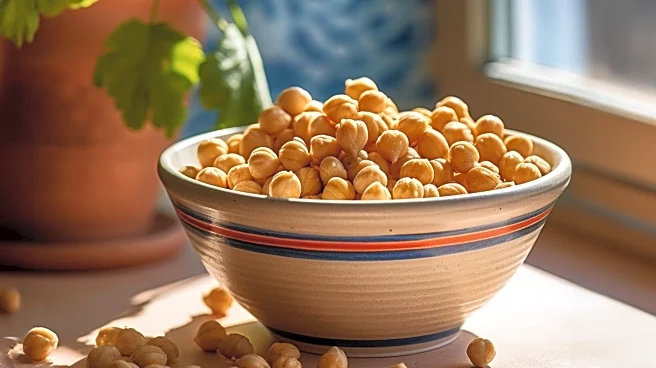What's Happening?
Recent advancements in sous vide cooking under high pressure have demonstrated significant improvements in the quality of pork loins. The study highlights how low-temperature sous vide combined with high-pressure treatment enhances moisture retention, tenderness, and color of pork loins. This method modifies the thermal stability of meat proteins, resulting in reduced cooking loss and improved water-binding properties. The sous vide technique under high pressure alters protein structures, leading to better textural properties and a rare-like appearance, which is preferred by consumers. These findings suggest that sous vide cooking under high pressure could be a promising method for improving the eating quality and consumer acceptance of lean meats like pork loin.
Why It's Important?
The implications of these findings are significant for the meat industry, particularly in enhancing the value of lean pork cuts. By reducing cooking loss and improving tenderness, the sous vide method under high pressure offers a way to increase consumer satisfaction and potentially boost sales. This technique could lead to more efficient production processes and better utilization of underutilized pork cuts. Additionally, the improved eating quality and appearance of pork loins could shift consumer preferences towards lean meats, promoting healthier dietary choices. The study also suggests potential applications in industrial settings, which could revolutionize meat processing and packaging.
What's Next?
Further research is needed to develop pilot-scale systems for the industrial application of sous vide cooking under high pressure. The study indicates that global advancements in high-pressure technology could support its potential as an upcycling technology for various pork cuts. The next steps involve exploring the scalability of this technique and its integration into existing meat processing facilities. Stakeholders in the meat industry may consider investing in this technology to enhance product offerings and meet consumer demands for high-quality meat products.
Beyond the Headlines
The study raises ethical and environmental considerations regarding meat processing techniques. The use of high-pressure technology could lead to more sustainable practices by reducing waste and improving the utilization of meat cuts. Additionally, the enhanced consumer acceptance of lean meats may contribute to healthier eating habits and reduced reliance on fatty meat products. These developments could have long-term impacts on public health and environmental sustainability.
